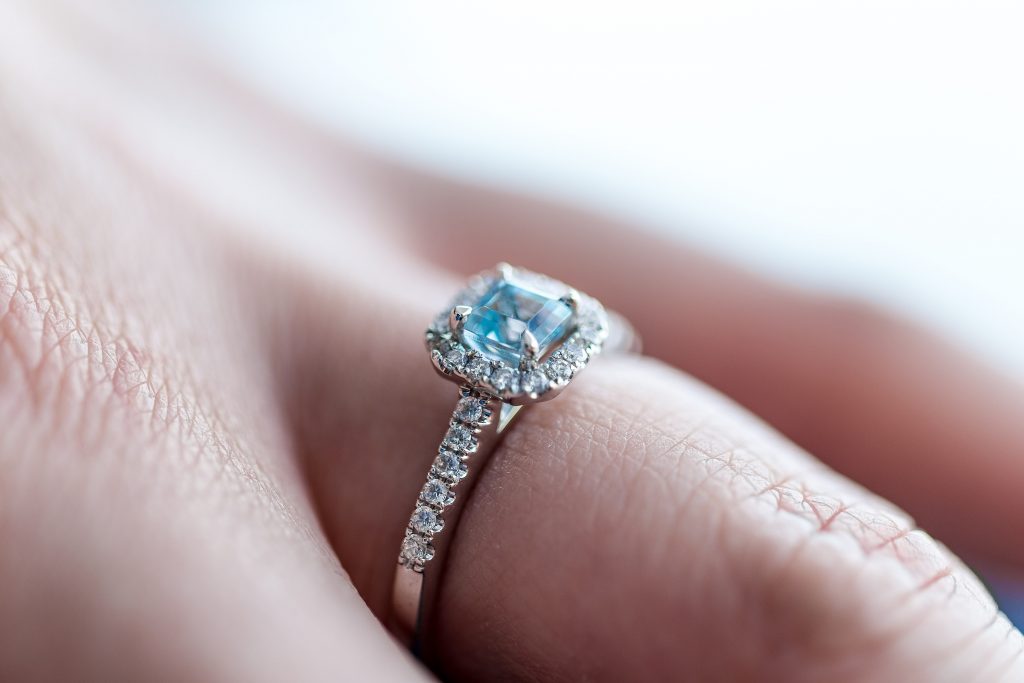If you’re in the market for an engagement ring, you need to remember to keep the setting options in mind. It may seem trivial, but it makes a huge difference to the look and style of the ring.
Each setting has a different way of securing the diamond. Here is a cheat sheet to some of the most popular setting styles:
Halo
Additional diamonds are ordered in a circle or square around the main stone. This makes the centre gem look larger and increases the sparkle of the ring overall.
https://www.instagram.com/p/B7EWEkInayP/
Prong
This is the most common and classic setting. It features a metal claw, which grips the diamond. The setting can be round, pointed, v-shaped or flat. The setting does well to elevate the stone, bringing it to the attention of anybody looking towards your hand.
https://www.instagram.com/p/B56-3eOHvk-/
Tiffany
Of course, you can’t talk about rings without a mention of Tiffany. The Tiffany setting features six prongs, and is distinguished from the prong setting by the knife-like edge of its shaft and the design of its prongs.
https://www.instagram.com/p/BuDxRyrn9L9/
Cathedral
Taking inspiration from what it’s named after, this setting uses arches that resemble those of a cathedral to hold the diamond in place. It’s defining characteristic is how the diamond is mounted with the arches on top of the rest of the shank.
https://www.instagram.com/p/B3myeCYHxbx/
Channel
The channel setting secures other diamonds in the band, creating a row of sparkling gems that leads to the main stone. The one is great for those who love a little extra sparkle.
https://www.instagram.com/p/B9fJbDhlvkU/
Bezel
With its modern appearance, this one is quite popular too. The Bezel setting holds the diamond by encircling it with a metal rim. This setting holds the stone tightly in place and therefore is great for anybody who lives an active lifestyle.
https://www.instagram.com/p/B6hLZYiFYgR/
Tension
Named aptly, the tension setting holds your gem in place with tension of the metal band. The diamond seems to be suspended between the two edges of the band.
https://www.instagram.com/p/B7b9dIdAEkd/
Image: Unsplash

